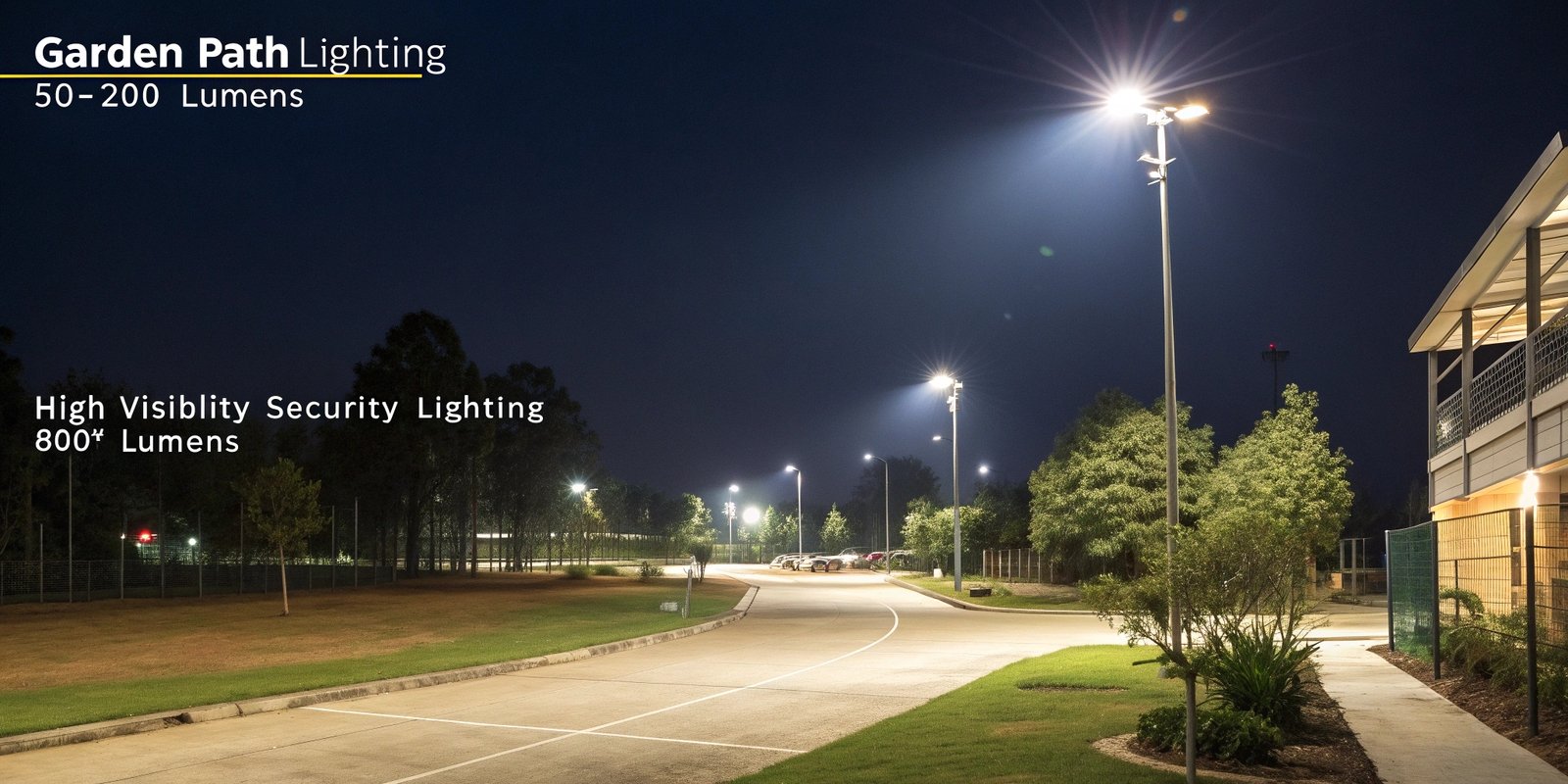Why are cities around the world transitioning from traditional streetlights to solar-powered lighting? The shift is driven by energy efficiency, cost savings, and environmental benefits.
Solar streetlights offer a sustainable and cost-effective alternative to conventional grid-powered lighting. They reduce electricity costs, lower carbon emissions, and provide reliable lighting, even in remote areas without access to the power grid.
Cities worldwide are recognizing the advantages of solar lighting. But what makes solar streetlights a better choice, and how do they compare to traditional lighting solutions?
What Are the Key Differences Between Traditional and Solar Streetlights?
How do traditional streetlights and solar streetlights differ in terms of energy consumption, cost, and efficiency?
Traditional streetlights rely on grid electricity, requiring underground wiring and ongoing power costs. In contrast, solar streetlights harness renewable energy, reducing operational expenses and environmental impact.

Key Differences
| Feature | Traditional Streetlights | Solar Streetlights |
|---|---|---|
| Power Source | Grid electricity | Solar energy |
| Installation Cost | Higher (requires wiring and poles) | Lower (no underground wiring) |
| Operating Cost | Continuous electricity costs | No electricity costs |
| Maintenance | Frequent bulb replacement and wiring issues | Minimal (battery and panel upkeep) |
| Environmental Impact | High carbon emissions | Zero emissions, sustainable |
Advantages of Solar Streetlights
- Energy Independence: Operates without relying on the grid, reducing vulnerability to power outages.
- Lower Costs: Eliminates electricity expenses and reduces long-term maintenance costs.
- Easy Installation: Requires no trenching or extensive electrical work, making it ideal for remote areas.
- Eco-Friendly: Uses renewable energy and helps cities reduce their carbon footprint.
Why Are More Cities Transitioning to Solar Streetlights?
What factors are driving cities to invest in solar-powered streetlights instead of traditional lighting?
Governments and municipalities are switching to solar lighting due to rising electricity costs, sustainability initiatives, and improved solar technology.

Key Reasons for the Shift
-
Cost Savings
- Cities can reduce electricity expenses and reallocate funds to other infrastructure projects.
- Solar streetlights have lower maintenance costs compared to traditional lighting.
-
Government Policies and Incentives
- Many governments offer tax credits, grants, and subsidies for solar lighting projects.
- Sustainability goals encourage cities to reduce carbon emissions and adopt green energy solutions.
-
Advancements in Solar Technology
- Improved battery storage ensures lighting even during cloudy days.
- LED technology provides brighter illumination with lower power consumption.
-
Increased Reliability and Safety
- Solar streetlights operate independently of the grid, reducing blackout risks.
- They enhance security in areas with unreliable electricity supply.
How Can Cities Successfully Transition to Solar Streetlights?
What steps should cities take to implement solar lighting effectively?
A successful transition to solar streetlights requires careful planning, cost-benefit analysis, and strategic deployment based on lighting needs.
Key Implementation Steps
| Step | Action Plan |
|---|---|
| Site Analysis | Identify areas with high solar exposure |
| Cost Analysis | Compare initial investment with long-term savings |
| Technology Selection | Choose high-efficiency LED and battery systems |
| Installation Strategy | Deploy in phases, starting with high-priority zones |
| Maintenance Plan | Establish a routine checkup and battery replacement schedule |
Best Practices for Implementation
- Prioritize High-Traffic Areas: Focus on streets, highways, and public spaces with high visibility needs.
- Use Smart Controls: Integrate motion sensors and adaptive brightness features to optimize energy use.
- Monitor Performance: Utilize remote monitoring systems to track efficiency and detect issues early.
- Educate Stakeholders: Inform residents and businesses about the benefits of solar lighting to gain support.
My Insights
What are the biggest challenges and opportunities in adopting solar streetlights?

From my experience in the solar lighting industry, the biggest challenge is the initial investment cost. While solar streetlights require higher upfront expenses, their long-term savings and sustainability benefits outweigh these costs.
Another key opportunity is technological advancements. With better batteries, efficient LED lights, and IoT-based smart controls, solar streetlights are becoming more reliable and cost-effective than ever before.
Cities that invest in solar lighting today will future-proof their infrastructure, reducing dependence on fossil fuels and minimizing operational costs.
Conclusion
The transition from traditional streetlights to solar streetlights is gaining momentum due to economic and environmental benefits. Solar lighting offers cost savings, energy efficiency, and enhanced reliability, making it a preferred choice for modern urban infrastructure.
As solar technology continues to improve, more cities will embrace sustainable lighting solutions, paving the way for a greener and more energy-efficient future.







